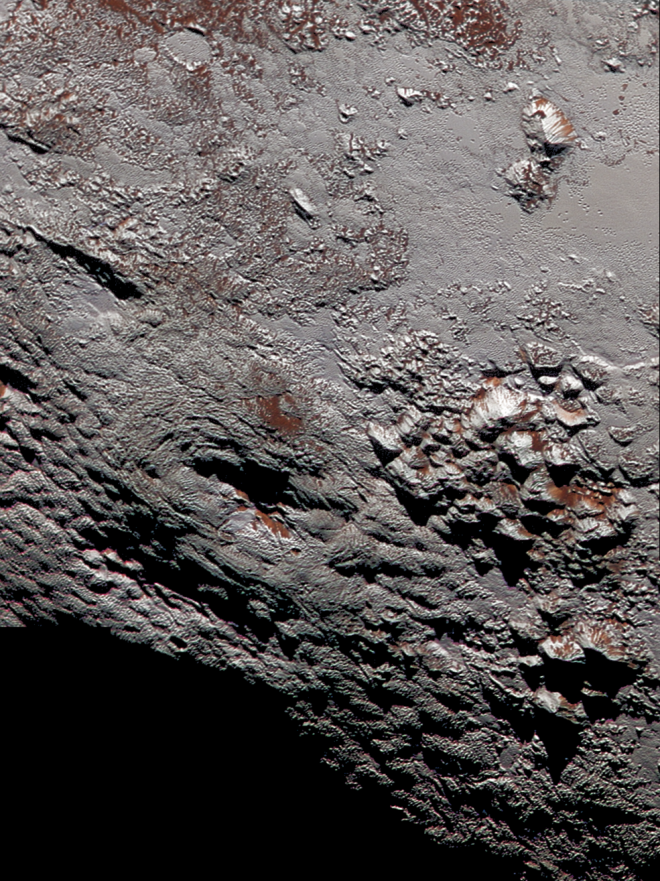
A recent NASA research has found that life could be present in frigid icy worlds beyond the orbit of Neptune. The study based on Trans-Neptunian Objects (TNOs), beyond the orbit of Neptune, found that life could be present in water worlds below the icy surface which are below minus 200 Celsius or (350 degrees below zero Fahrenheit).
Prabal Saxena of NASA's Goddard Space Flight Center in Greenbelt, Maryland said, "These objects need to be considered potential reservoirs of water and life. If our study is correct, we now may have more places in our solar system that possess some of the critical elements for extraterrestrial life."
However, the current scientific knowledge does not have any scope for studying alien life different from the presently known earthly models.
Scientists have proved the presence of subsurface oceans in Saturn's moon Enceladus and the Jupiter moon Europa. NASA's Dawn voyager had found evidence of subsurface ocean in the dwarf planet Ceres in the Kuiper belt beyond Neptune's orbit. The ocean worlds in these moons and dwarf planets were found to be resulted from tectonic or radio atomic activities in their cores or due to friction caused by their orbiting.

The process of Cryovolcanism in which interior liquid water erupts to the surface of the icy worlds was found in Enceladus. Abnormalities in the surface of Ceres are believed to be caused by the Cryovolcanism or tectonic activities from the core.
Studies based on light reflected from the TNOs have found the presence of crystalline water ice and ammonia hydrates similar to snowflakes in them. Researchers found that the space radiation converts the crystalline water ice and ammonia hydrates in the TNOs surface to its amorphous form which gets vaporized soon.
Researchers have found that the orbit of any moon around its parent object known as "gravitational dance" causes friction in its core and surface. The gravitational dance has been found in patterns which are the best for the moon's existence. They are normally found as circular and aligned with the equator of the parent object. The spinning rate of the moon makes it face the parent on the same side.
Wade Henning of NASA Goddard and the University of Maryland, College Park, and co-author of the study said, "We found that tidal heating can be a tipping point that may have preserved oceans of liquid water beneath the surface of large TNOs like Pluto and Eris to the present day."









